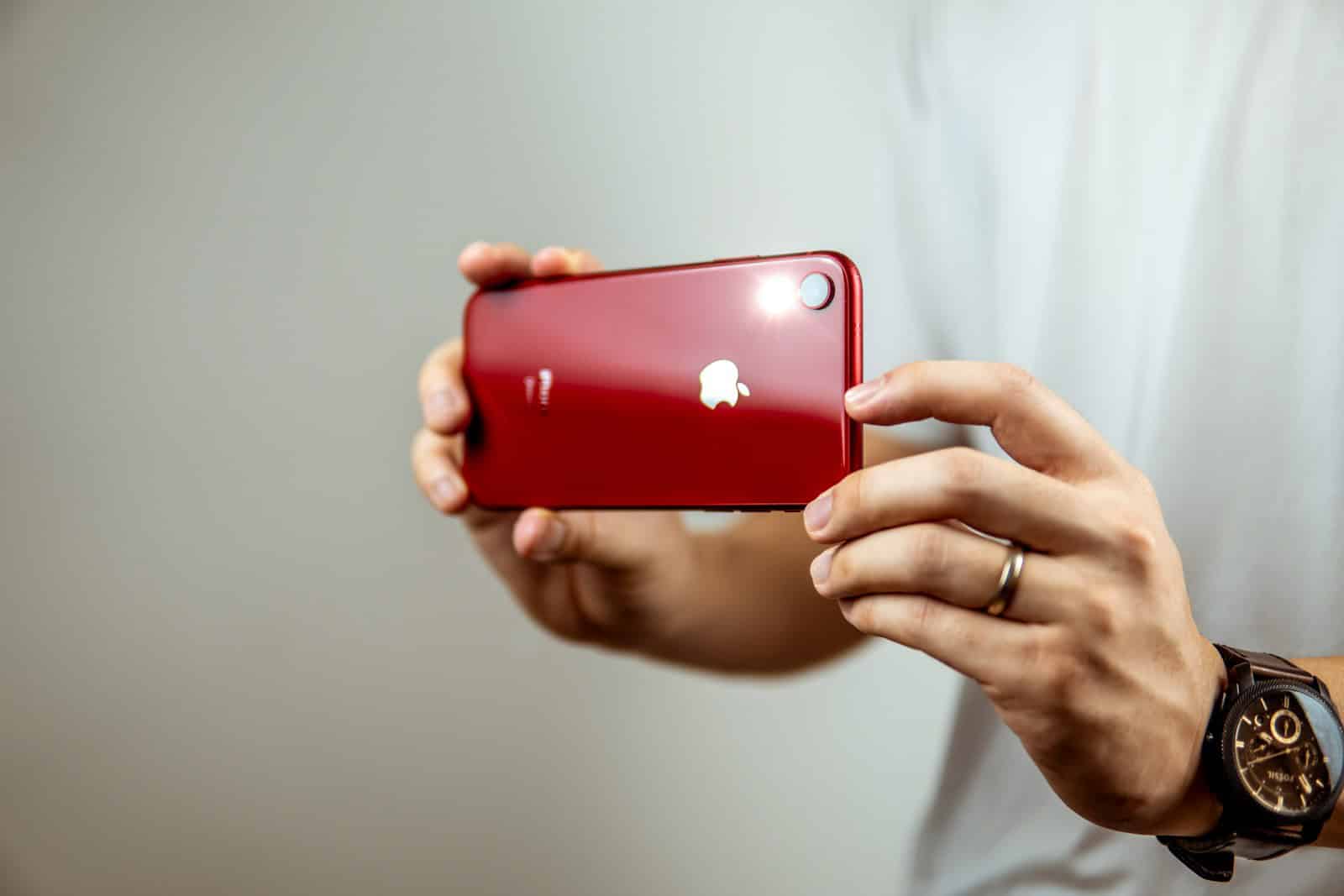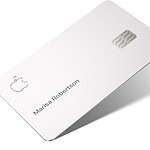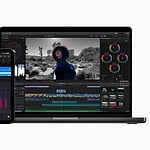RAW on an iPhone camera refers to a file format that captures all image data recorded by the sensor when taking a photo. Unlike JPEG which compresses and processes the image within the camera, RAW files are uncompressed and unprocessed. This gives photographers more control over the final image during the editing process, allowing for adjustments in exposure, color, and other image attributes without losing quality.
The ability to shoot in RAW format was introduced with the iPhone 12 Pro and iPhone 12 Pro Max. It has since become available on later models. Photographers can enable this feature in the camera settings of compatible iPhones. When shooting in RAW, the camera settings play a crucial role as they determine the information captured in the image file.
What Does RAW Mean on iPhone Camera?
When you see the option to shoot in RAW on your iPhone camera, you’re unlocking a powerful tool that gives you much more control over how your photos look. RAW is a file format that captures all the image data from your camera sensor without applying much processing or compression—unlike JPEG or HEIC, which are optimized for smaller file sizes and quick sharing.
Key Advantages of Shooting in RAW on iPhone
- More Editing Flexibility: RAW images retain more detail in highlights and shadows, making them ideal for post-processing. You can fix exposure, color, and white balance with far greater precision.
- Uncompressed Quality: While JPEG files are compressed to save space, RAW files preserve maximum image quality. This is especially useful for professional or creative work.
- Better Dynamic Range: Shooting in RAW captures a wider range of tones, so you can recover details in both bright and dark areas that would otherwise be lost.
Which iPhones Support RAW?
RAW photo capture is available on many newer iPhones, especially those with the Pro models:
- iPhone 12 Pro and 12 Pro Max
- iPhone 13 Pro and Pro Max
- iPhone 14 Pro and Pro Max
- iPhone 15 Pro and Pro Max
- iPhone 16 Pro and Pro Max
These devices support Apple ProRAW, a format that combines the benefits of RAW with Apple’s computational photography. This means you still get the smart features like Smart HDR and Deep Fusion, but with RAW-level control when editing.
How to Enable RAW on iPhone
- Open the Settings app
- Go to Camera > Formats
- Under Photo Capture, enable Apple ProRAW
Then, when using the Camera app, you’ll see a RAW toggle in the top-right corner (on supported models). Tap it to enable or disable RAW shooting for individual shots.
Important Things to Know
- File Size: RAW files are large—often 25MB or more per photo.
- Editing Software: You’ll need an editing app that supports RAW, such as Adobe Lightroom, Pixelmator Photo, or even the built-in Photos app (to a lesser extent).
- Not for Every Shot: RAW is best used when lighting is tricky or when you plan to do detailed edits. For everyday photos, JPEG/HEIC might be more practical.
Final Thoughts
RAW mode on your iPhone gives you a level of creative control that rivals DSLR and mirrorless cameras. It’s ideal for photography enthusiasts and pros who want to push their images further in editing. If you’re comfortable doing some post-processing and want to get the most out of your iPhone camera, experimenting with RAW is absolutely worth it.
Key Takeaways
- RAW on iPhone captures all image data for detailed editing.
- iPhone camera settings are important when shooting in RAW.
- This feature is available on the iPhone 12 Pro and later models.
Understanding iPhone RAW Photography
To comprehend iPhone RAW photography, one must recognize its role in capturing the highest possible image data from the iPhone’s sensor. This data offers extensive editing flexibility and preserves image quality.
Basics of RAW in iPhone Photography
RAW files hold all the data the camera sensor captures. This ensures the highest level of detail and a broad dynamic range. The RAW format on an iPhone is uncompressed, meaning it retains more color and exposure information than its compressed counterparts.
RAW vs JPEG and HEIF Formats
JPEG and HEIF/HEIC are common file formats that apply compression to reduce file size. Compared to RAW, these formats have less dynamic range and detail. Compression leads to a loss of data which affects image quality to some extent.
Enabling and Using Apple ProRAW
Apple ProRAW can be enabled in the Settings app under Camera > Formats. By toggling Apple ProRAW on, users gain access to this format in the Camera app. Just tap the RAW icon to shoot a photo in ProRAW.
Compatibility and Support
Starting with the iPhone 12 Pro series, iPhones support ProRAW with the iOS 14.3 update. This feature is available in newer Pro models, enhancing the capabilities of iPhone photography.
Post-Processing and Editing Advantages
RAW images offer greater post-processing capabilities. With applications such as Adobe Lightroom or VSCO, photographers can adjust highlights, shadows, and reduce noise to achieve the desired look.
Benefits for Professional Photographers
Professional photographers benefit from the uncompressed images of iPhone RAW. This retains the highest quality, critical for large prints or detailed editing, setting iPhone photography closer to professional camera standards.
Managing RAW Files and Storage
RAW files are larger and consume more storage. It is essential to manage storage space efficiently, possibly using iCloud for backup. For quick sharing or storage considerations, users may opt for compressed formats like JPEG or HEIF.
Evolution and Future of iPhone RAW
Advancements in computational photography and multi-frame processing continue to evolve with technology. Future iPhones may offer even better RAW capabilities, maintaining iPhone’s status as a formidable camera phone option.
Apple Ecosystem and Integrations
In the Apple ecosystem, the integration of RAW support across devices and apps enhances photo editing and sharing. Apple’s seamless connectivity helps users manage and edit RAW images efficiently.
RAW in the Apple Ecosystem
Apple devices, including iPhones and Macs, collaborate effectively within the ecosystem. With the introduction of RAW capture on iPhones, users can work with high-quality images across their devices. The RAW images are supported by the Photos app on both iOS and macOS, allowing for editing on a Mac, iPad, or iPhone. iCloud syncs photos across all devices, ensuring edits made on one device are updated on all others.
Professional Applications and Tools
Apple’s ProRAW files are compatible with professional editing apps such as Adobe Lightroom and VSCO. These applications provide comprehensive tools that help photographers leverage RAW files’ flexibility. Users can adjust exposure, color, and detail more finely than with standard HEIF or JPEG files. Professionals using Apple’s ecosystem can add depth to their portraits and refine stories in their images thanks to these powerful tools.
Sharing and Publishing
Once edited, RAW images are easy to share or publish directly from Apple devices. The Photos app simplifies sharing high-quality images to various platforms. Users can also convert RAW files to more common formats for broader compatibility. Writers and reviewers sharing photography stories can confidently publish their work, knowing it maintains its integrity across different mediums and platforms.







